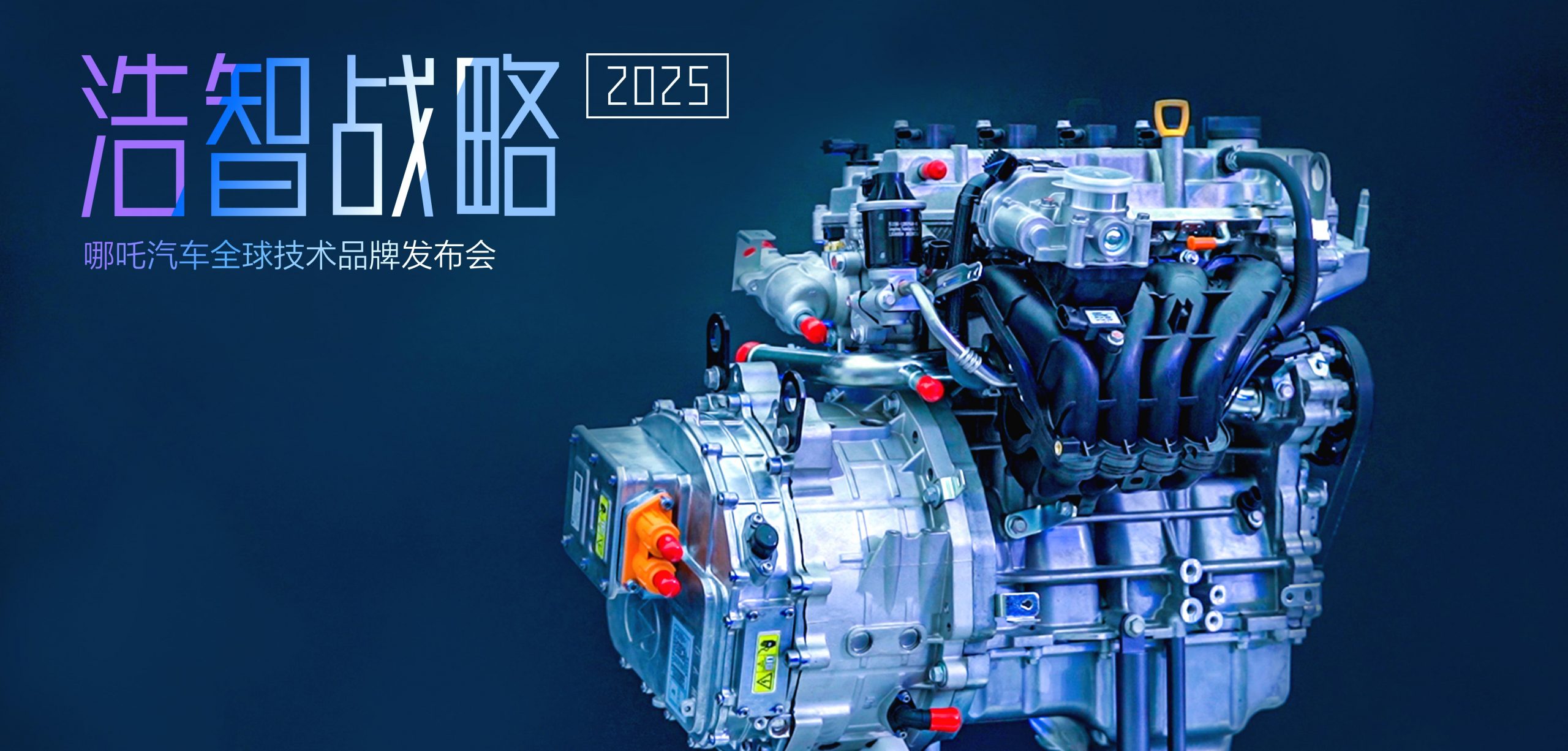On November 21st, NIO released its Haoyue platform, focusing on the announcement of ultra-computing chips, electric drive systems, and range extenders.
Ultra-computing Chips
Let’s talk about the computing power of the chips everyone is most concerned about. The computing power of the NIO Haoyue ultra-computer can reach up to 1,000 TOPS, with a maximum storage of 1 TB. It can make 8 million cameras in the entire car work simultaneously, including panoramic, side-view, front-view, and in-car cameras.
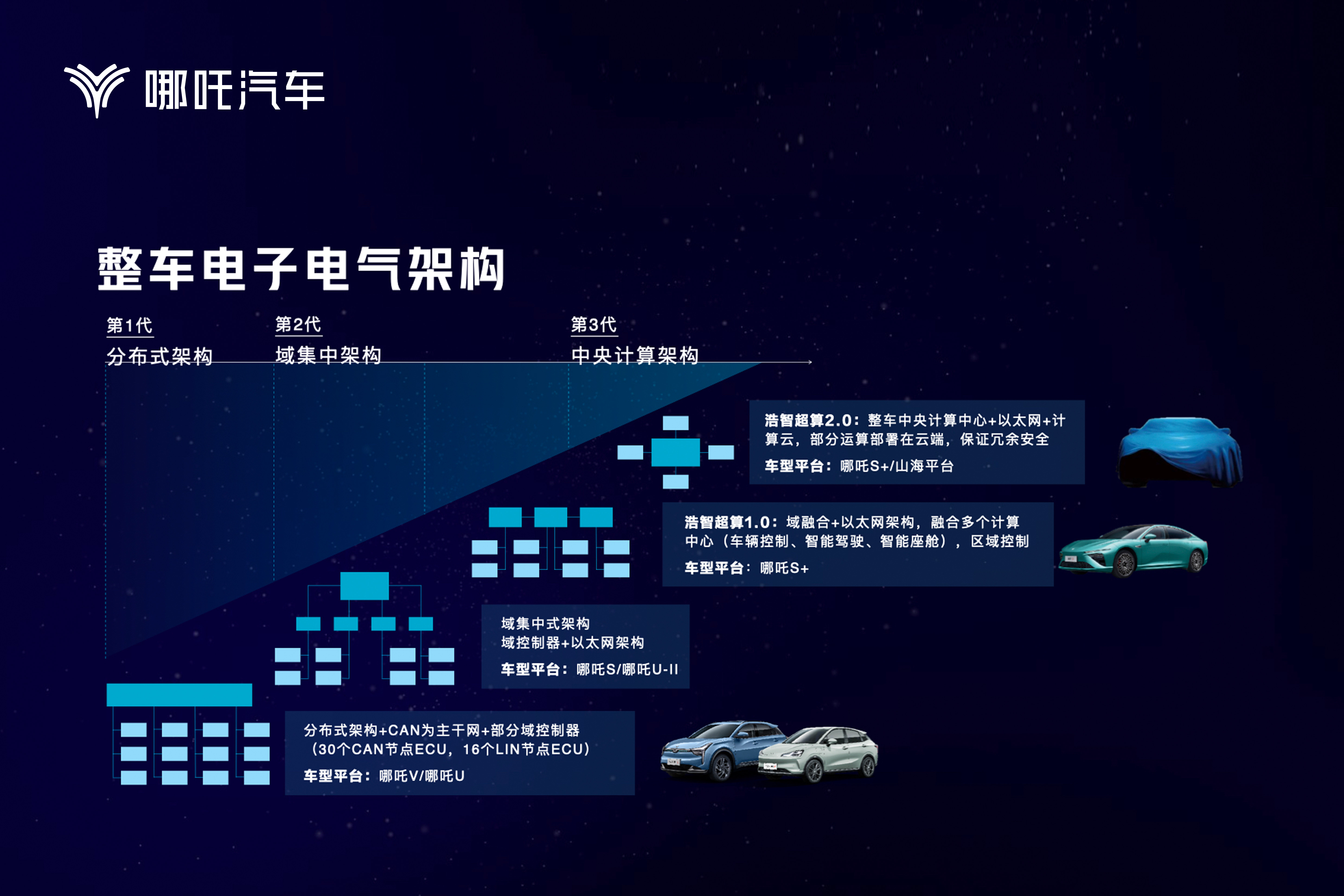
In addition, this ultra-computing chip can be combined with the 5G TBOX to realize high-bandwidth between the end and the cloud, as well as OTA upgrades.
The Haoyue ultra-computing platform is divided into two generations, 1.0 and 2.0. The main difference is that the 1.0 version consists of two boards, the intelligent driving domain unit and the intelligent control unit, with a computing power of 250 TOPS, only responsible for the calculation of the intelligent driving area. On the 2.0 platform, consisting of the driver’s cabin integrated domain unit and the intelligent control unit, the three boards can be used as domain controllers separately. It can realize internal intelligent cabins and external intelligent driving integration. At the same time, some of the calculations in 2.0 will be deployed in the cloud to ensure computing redundancy.
_20221121202813.png)
NIO officials stated that the Haoyue ultra-computing platform will be installed in vehicles in 2024. However, at present, the intelligent driving chip used in the NIO ES8 is Huawei’s MDC 610. We speculate that NIO may continue to use Huawei chips for intelligent driving and self-developed chips for the intelligent cabin before the Haoyue 2.0 platform is installed in vehicles.
Electric Drive System
NIO released the 800 V SiC-MOSFET electric drive system this time. Its motor peak power is 250 kW, motor maximum speed is 21,000 RPM, maximum torque is 420 Nm, the high-efficiency area ratio of the motor is 90\%, the continuous power density is 3.5 kW/kg, and the peak power density is 8.7 kW/kg.
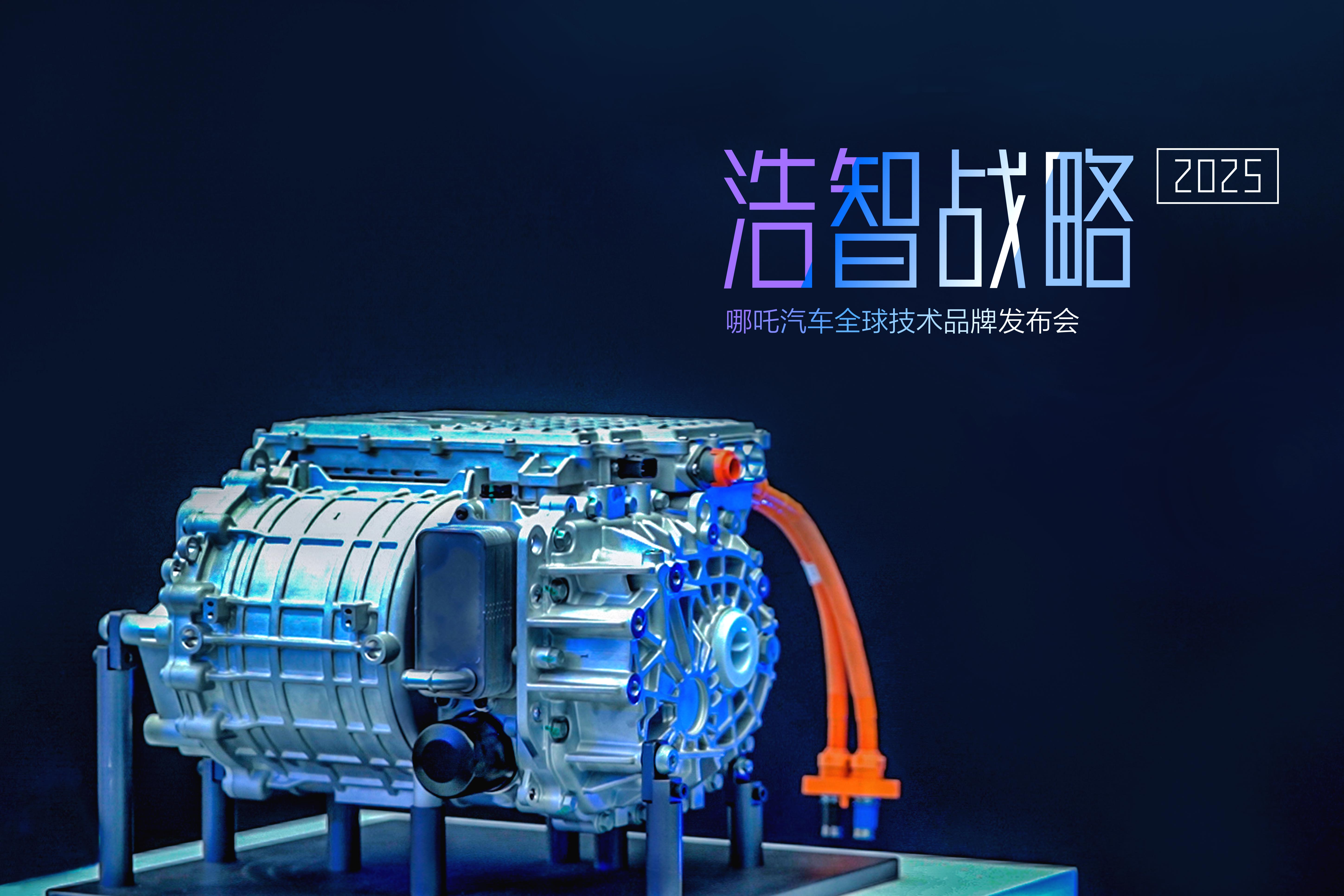
The motor can exceed 20,000 revolutions per minute, which is quite impressive.
What’s interesting is that the electric drive SiC controller of NETA adopts a platform design, which can achieve SiC and IGBT module switching, making the 400V and 800V platforms interchangeable.
At the same time, NETA also announced the timetable for the listing of its electric drive system. As shown in the following figure,
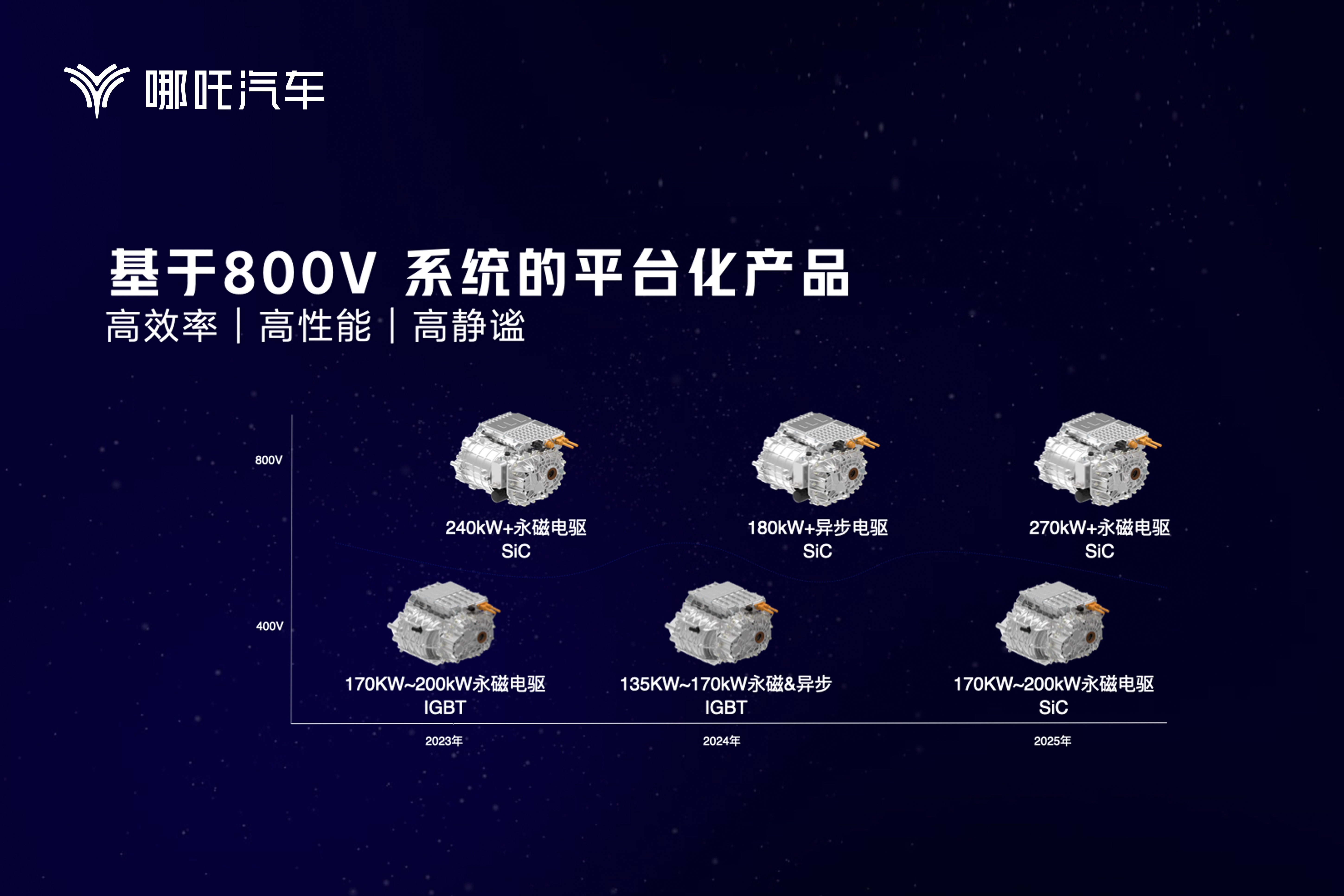
However, as shown in the figure, NETA will still use IGBT electric drive system until 2024, and will fully use the silicon carbide power device in 2025.
Range Extender
At the press conference, NETA’s CTO, Dai Dali, said that NETA’s range extender design is the most reasonable on the market. The range extender has four operating modes in total.
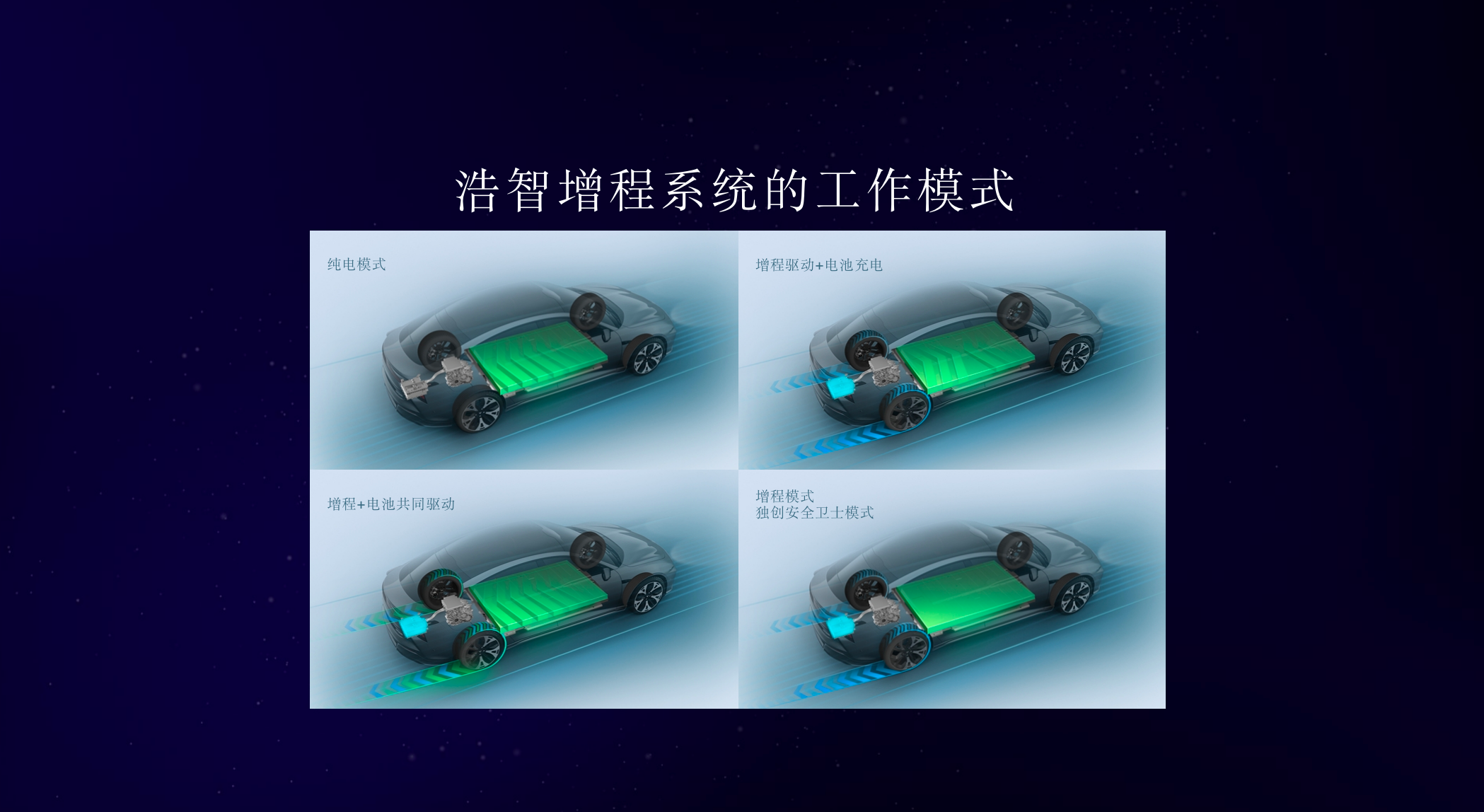
It is worth mentioning that the range extender of NETA is equipped with a direct-driven system for gasoline engines. In addition, it has a “pre-scout energy-saving” mode, which can intelligently adjust electric and fuel drive according to real-time road conditions, remaining mileage, etc.
The size of the Haozhi range extender platform is 758.7 × 513.7 × 606.8 mm, and the integration degree is relatively high. In terms of efficiency, NETA officially stated that in the 5-25 kW common working condition range, the efficiency is 5\% higher than the industry average.
Currently, the Haozhi range extender platform has developed a 1.5L range extender, which can achieve 40 kW of power generation at 3,500 RPM.
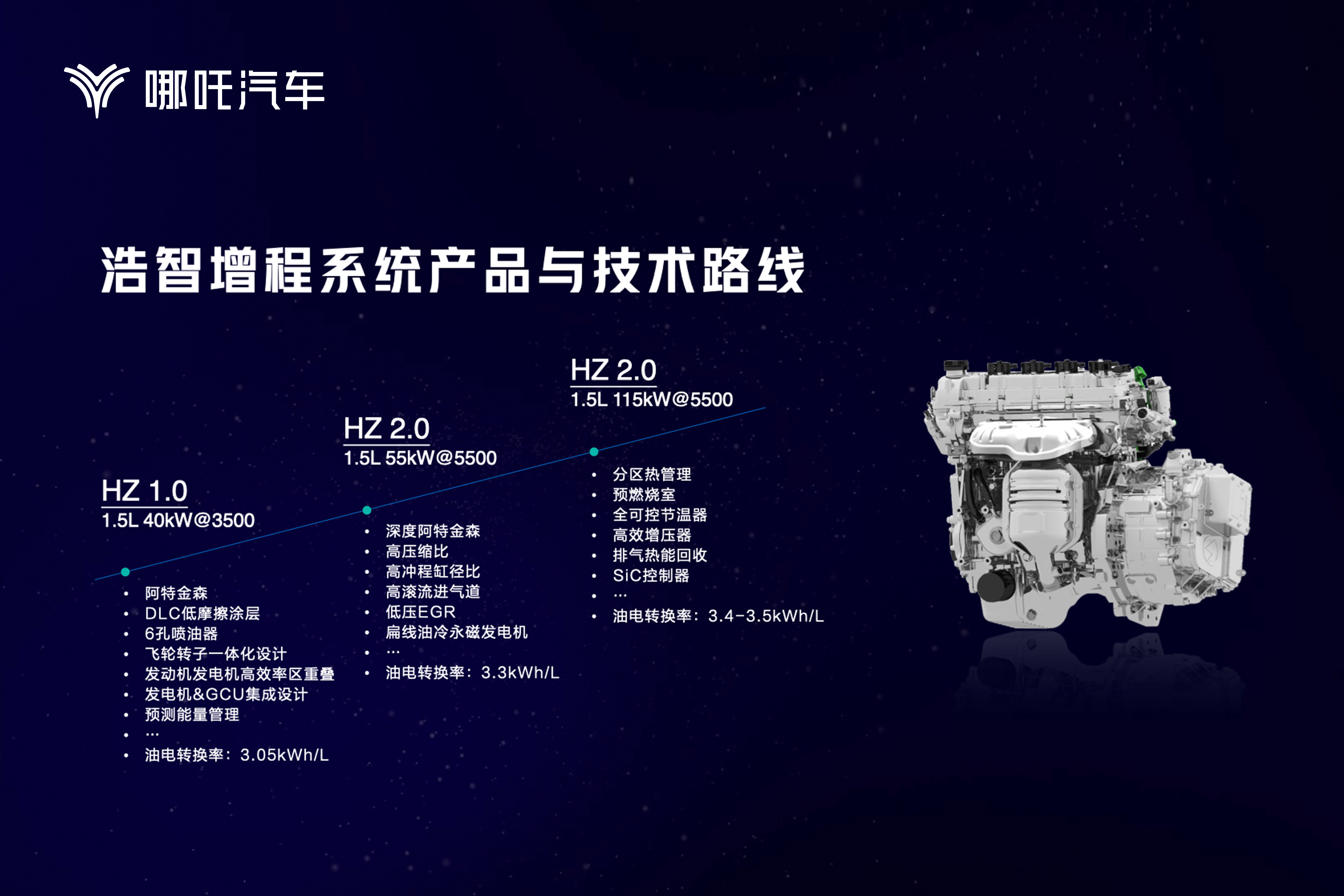 Overall, NETA’s press conference this time is very similar to LanTu’s Technology Day before, with the whole article being hardcore technology lectures. It can be seen that after NETA’s delivery volume steadily increased, a lot of funds have also been invested in technology. From various parameters, many data that look very impressive now have also emerged.
Overall, NETA’s press conference this time is very similar to LanTu’s Technology Day before, with the whole article being hardcore technology lectures. It can be seen that after NETA’s delivery volume steadily increased, a lot of funds have also been invested in technology. From various parameters, many data that look very impressive now have also emerged.
So, what kind of achievements do you think NETA will achieve after 2025?
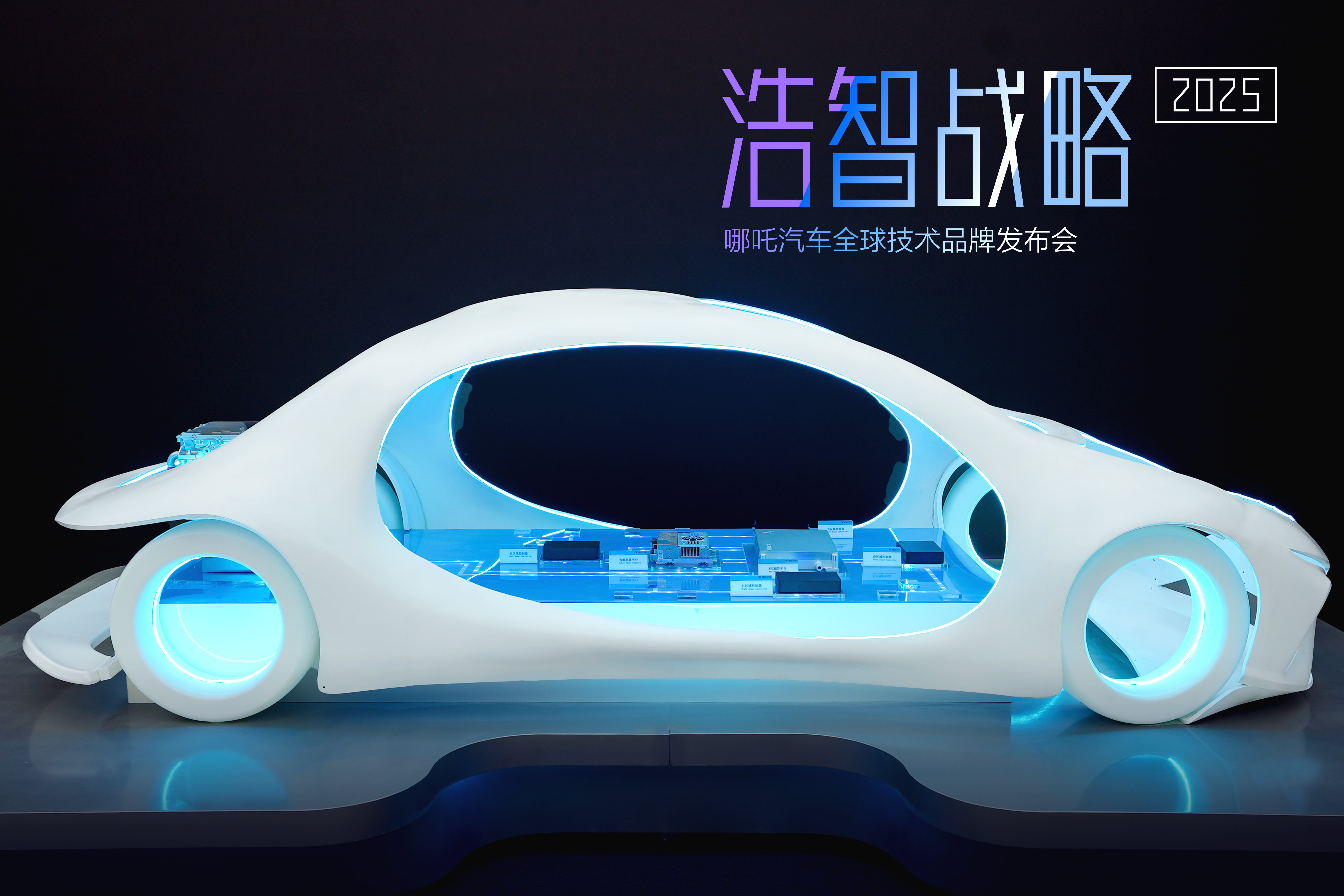
This article is a translation by ChatGPT of a Chinese report from 42HOW. If you have any questions about it, please email bd@42how.com.
